☰ Cardiff Scientific Society


Some Queues I've Enjoyed...
Professor Jeff Griffiths
Cardiff University
3rd October 2012

The Perfect Football Pitch - is Artificial Turf the Answer?
Professor Len Nokes
Consultant to FIFA, Cardiff University
17th October 2012
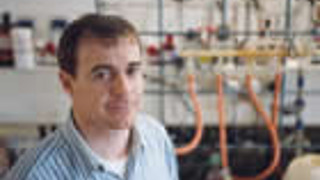
Engineered Surfaces
Professor Ivan Parkin
University College London
31st October 2012
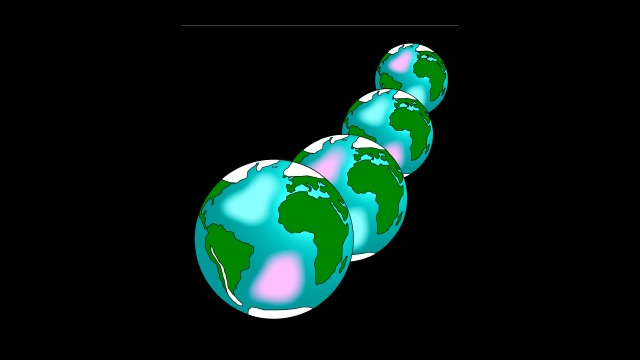
Understanding Abrupt Climate Change in the Past
Dr Stephen Barker
Cardiff University
4th November 2012
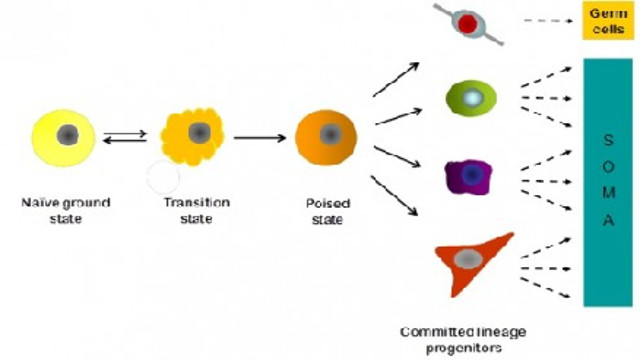
Pluripotent Stem Cell Landscapes
Professor Austin Smith
Wellcome Trust and Medical Research Council Stem Cell Research Institute
28th November 2012
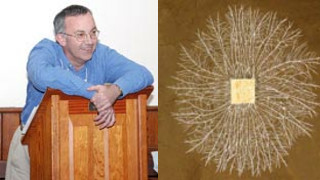
Ecological Consequences of Climate Change
Dr Hefin Jones
Cardiff University
12th December 2012

What is it like to be a Bat? Perspectives from Ecology, Behaviour and Conservation Biology
Professor Gareth Jones
Bristol University
9th January 2013
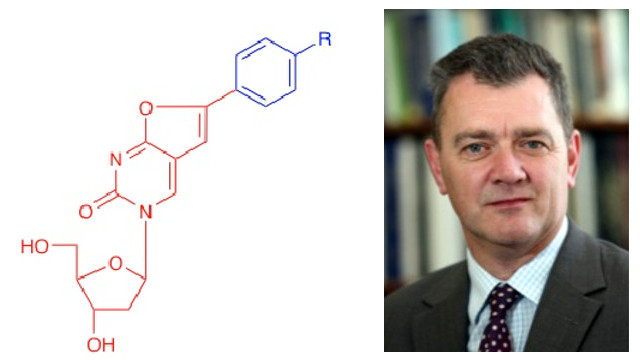
Drug Discovery: from the Lab to Wall Street (and to Patients)
Professor Chris McGuigan
Cardiff University
23th January 2013

Wizards and Luddites: Science Churchill and the Second World War
Professor David Edgerton
Imperial College, London
6th February 2013
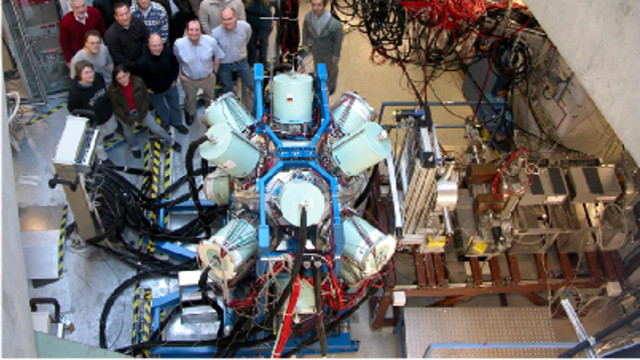
Nuclear Spectroscopy: From Natural Radioactivity to Studies of the Most Exotic Isotopes
Professor Paddy Regan
University of Surrey
20th February 2013
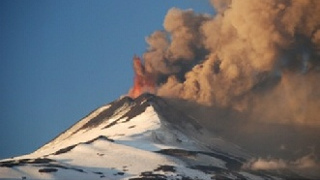
The Lord Phillips Memorial Lecture: Volcanoes and Society
Professor Stephen Sparks
Bristol University
6th March 2013
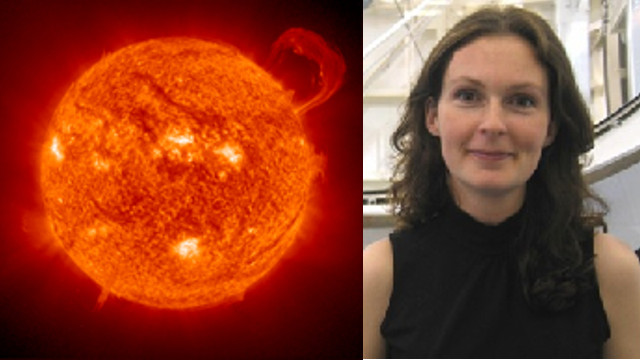
Solar Max
Dr Lucie Green
Mullard Space Science Laboratory, University College London
20th March 2013